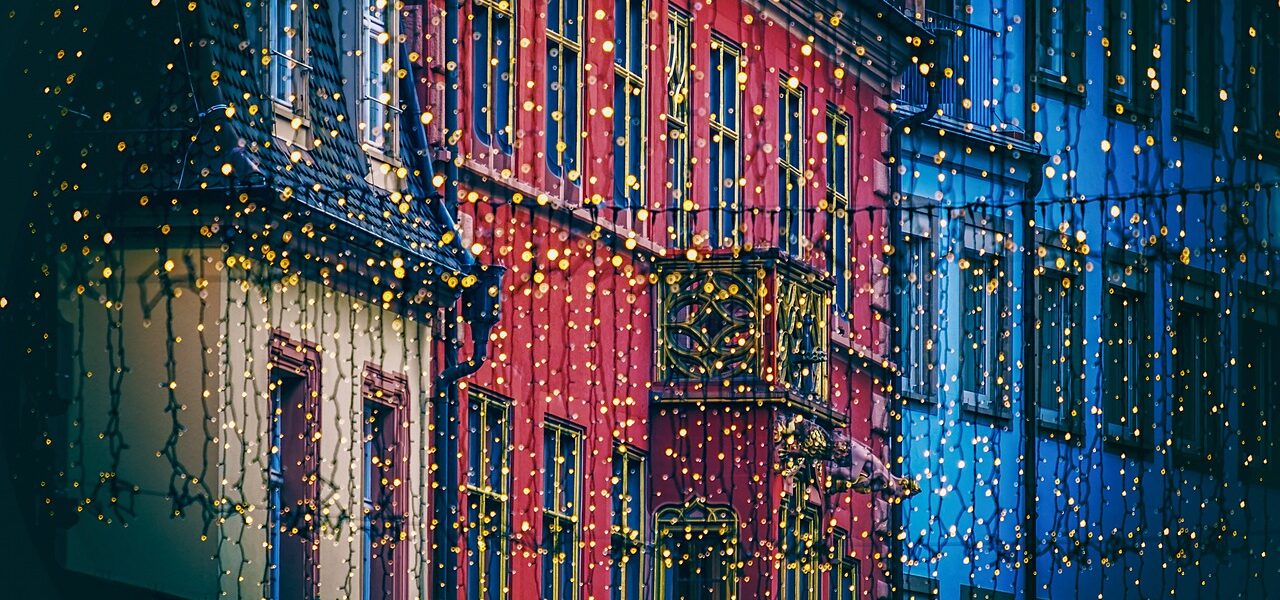It’s tiiiiiiiiiiiiiiiiiiiiiiiiiiiiiiiiiiiiimme… From pop songs to hymns, from decorated trees to leaves wrapped in a circle, Christmas is mostly a time for excitement and celebration. But what are we celebrating?
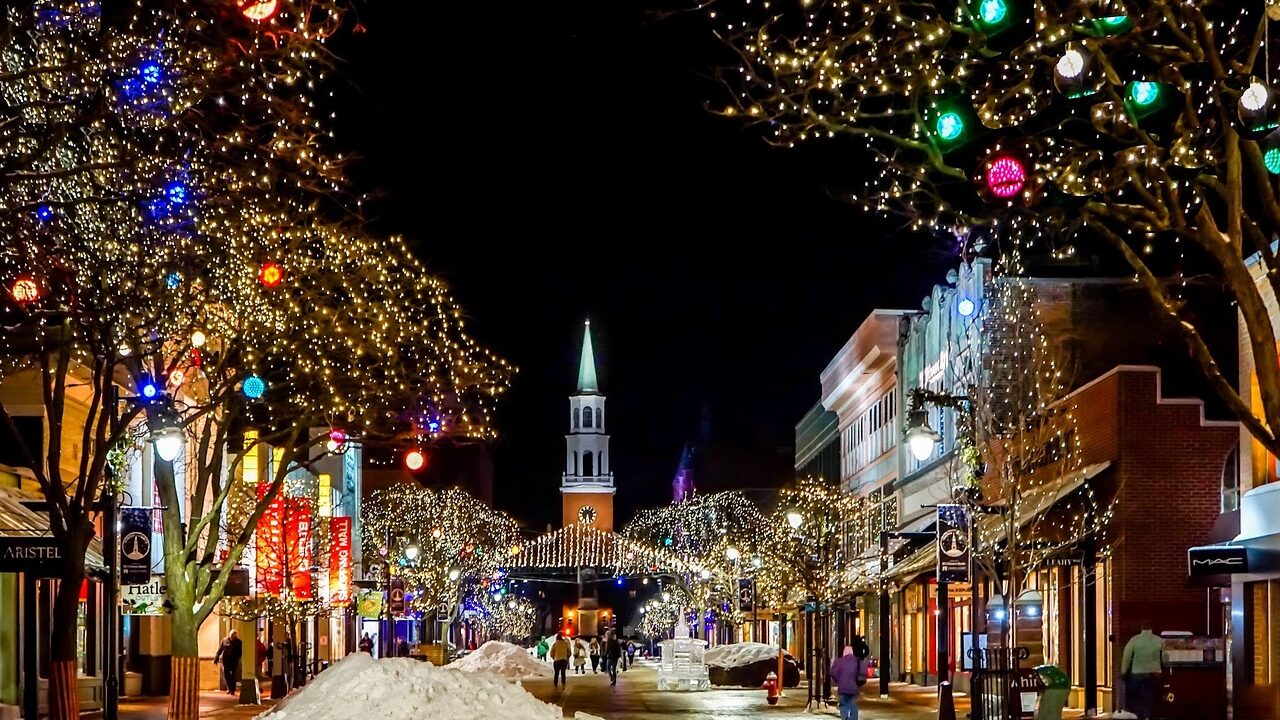
Most people will know that Christmas is a Christian holiday celebrating the birth of Jesus. However, the actual date of birth of the believed Son of God remains unknown to our current era. The word ‘Christmas’ comes from the Roman Catholic Church’s gathering, Christ’s mass or the Mass of Christ. And Xmas? You would think this is the product of 21st century abbreviation skills, but nope, the ‘X’ stands for the first Greek letter in the work for ‘Christ’ and was first seen in the 16th century. Christmas day, 25 December, was chosen around the time of the Roman Emperor Constatine around 336, as the first ‘official’ celebration of this festival. Fun fact: Some orthodox Christian practitioners celebrate Christmas on the 7th of January.

Also around the 16th century the appearance of Christmas trees started appearing in Germany before becoming popular in Britain in the Victorian era. These first trees were decorated with fruits and nuts, and later on, sweets, paper shapes and candles. These days elaborate decorations can include lights, figures, tinsel and ornaments. Another tree-mendous fact about the Christmas trees is the 20m tree gifted by Norway to London every year, decorated in Trafalgar Square to thank England for their help in World War 2.
So that’s the facts about the decorated trees, but what about the ornaments and other Christmassy decorations?
Here’s a nice list of meanings of decorations you’re likely to see around holiday time:
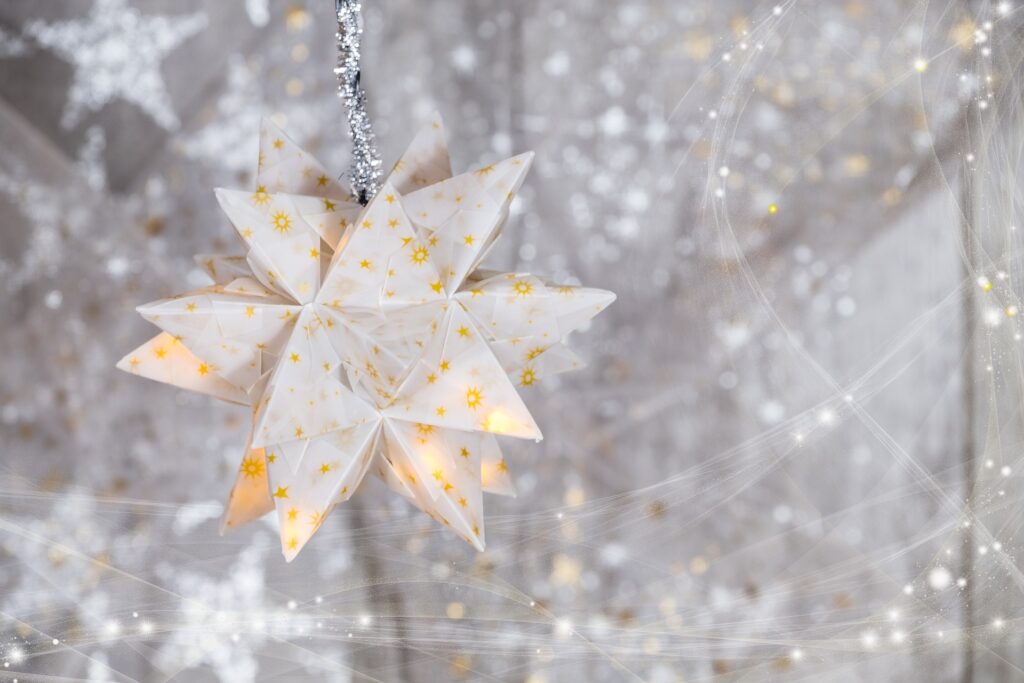
- The star: maybe as a tree-topper or an ornamental piece hanging from a ceiling, the star commemorates the star that appeared at Jesus’ birth that allowed the wise men to ‘track him down’.
- Also shining brightly, we have lights and candles: perhaps a reminder ‘to brighten up someone’s day’ is the best way to describe what these symbolize.
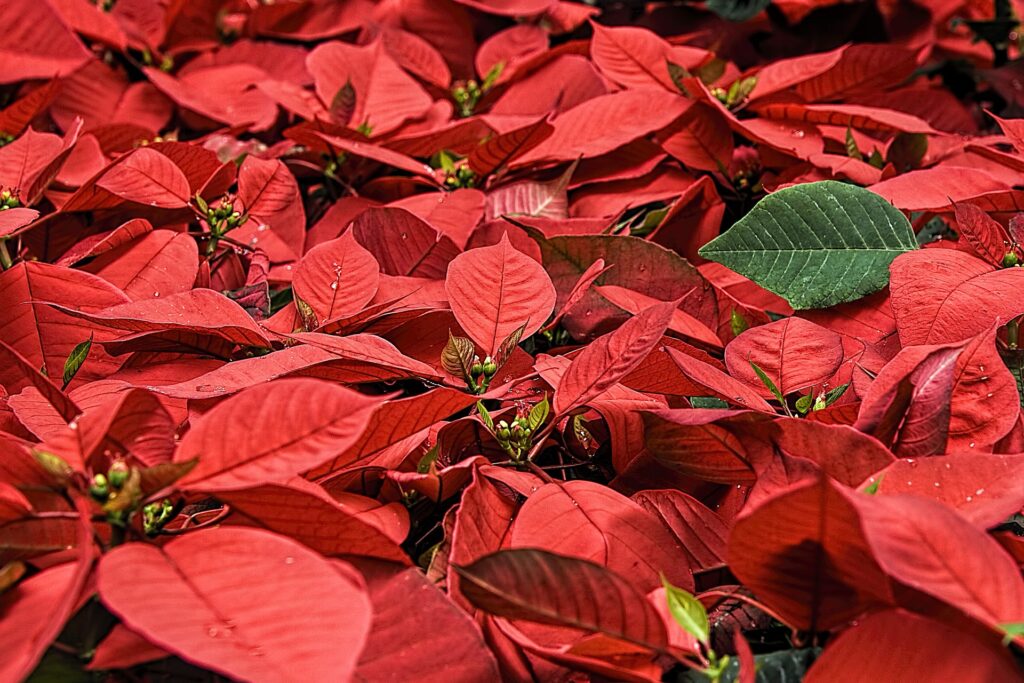
- Red and white poinsettias: a beautiful array of coloured leaves that thrives during winter months and shaped in a star, the red variation foreshadows the bloodshed of Jesus, while the white connotates to Jesus’ purity as the world’s Saviour.
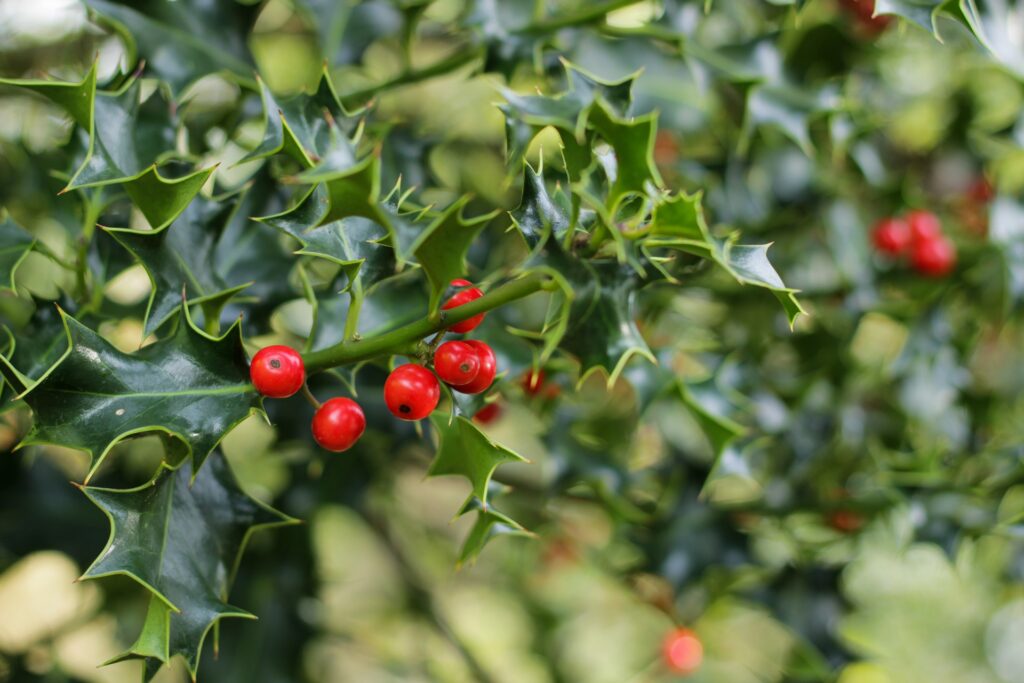
- Holly: very similar to poinsettias, the small red berries can represent the redness of blood, while the spikey green leaves symbolize the crown of thorns Jesus wore during His crucifixion. Additionally, holly also had paganistic symbolism during the winter solstice festival in ancient Rome.

- Jingle bells, jingle bells… bells: the sound of bells very well may mean it’s Christmas time, starting off the holiday cheer.
- The looped-y loop of Christmas wreaths: being a circle, wreaths represent eternity and how the spirit of Christmas is welcome in the home.
- Candy canes, or are they staffs? Another reminder to people who met baby Jesus, the Shepherds were the first ones to meet him shortly after his birth, after a divine encounter with a host of angels. They would often carry hooked staffs to keep their sheep away from dangerous situations.

- Presents in your socks, anyone? Like many Christmas traditions, the tradition of Christmas stockings comes from an old legend. A long time ago (so the story goes), a poor man had three daughters and couldn’t afford to give them a dowry (money or goods given to the groom’s family by the bride’s family). In those days, it was very hard for a woman to get married without a dowry. A Christian bishop named Nicholas heard about the problem and wanted to help, but the man refused to accept money. One night, Nicholas threw three balls made of pure gold in through the open window of the man’s house. Each one landed in a stocking hung by the fire to dry. The next morning, each daughter found a gold ball in her stocking. With this bounty, they were all able to get married.
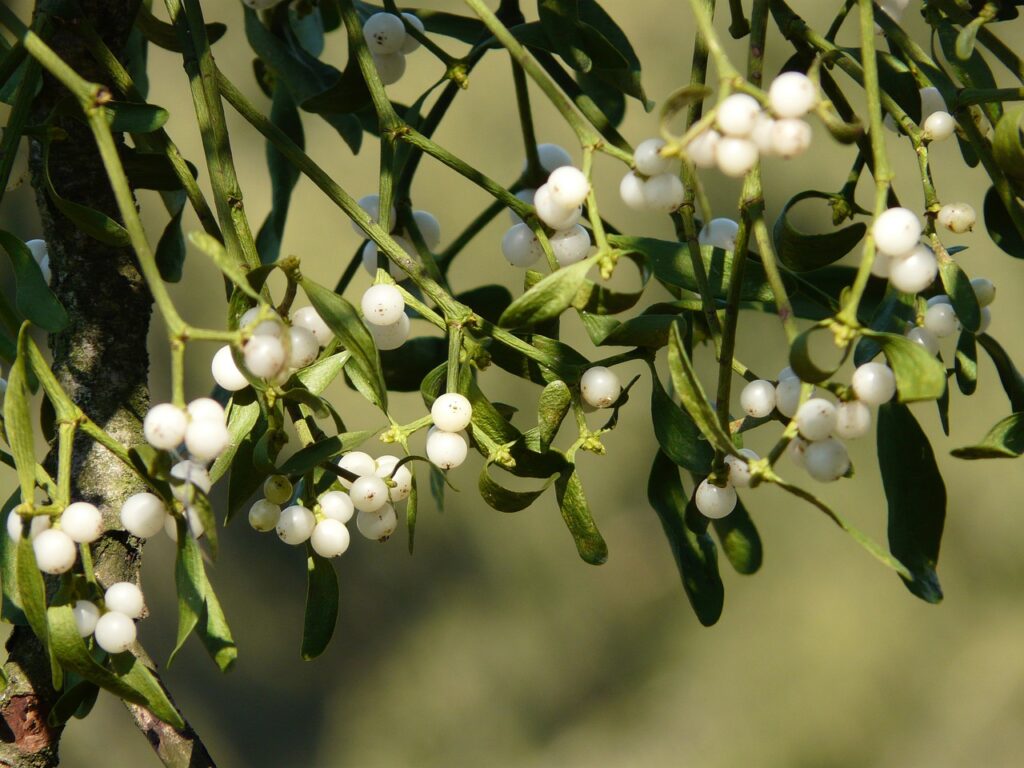
- Gifts have double meanings too: remember the wise men who followed the star? They are the ones that invented gift giving. Gold, frankincense and myrrh are definitely suitable gifts for a baby, right?
- Mistletoe: smooching aside, this parasitic plant may represent love, health and fertility.

- Spiders, anyone? A miraculous changing of spider webs to silver leaves us hanging tinsel everywhere. The story goes that a woman immaculately cleaned her house for Christmas. The house spiders were swept to the farthest reaches. The spiders learned there was a beautiful Christmas tree in the room and wanted a closer look. They saw it, loved it so much, danced all over it, and left their webs behind. Santa Claus then saw the beautiful webs and miraculously transformed them into silver and gold tinsel so the woman who worked hard to clean her house would not be dismayed
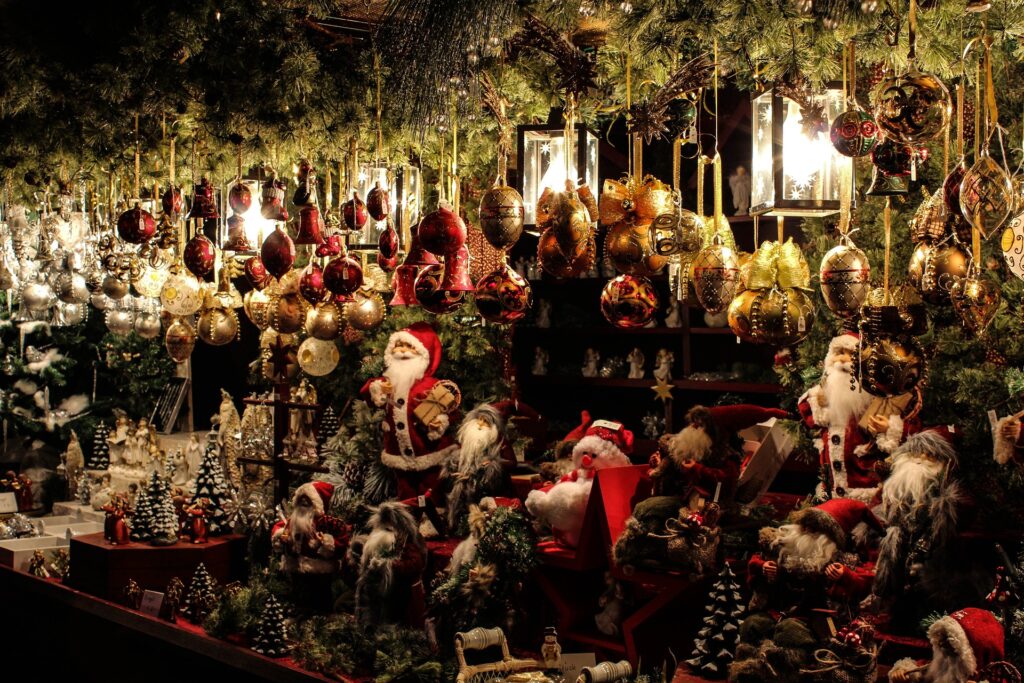
We all know about old saint Nick who slips down the chimney on Christmas Eve to deliver presents to all the well-behaved children of the world, but did you know that Santa Clause is not the only Christmas character. In Italy, a kind witch called La Befana is said to fly around on a broomstick delivering toys to children. In Iceland, children leave shoes under the window for 13 mischievous trolls called the Yule Lads. If the child has been good, they’ll find sweets in their shoes – but if they’ve been bad, the Yule lads will leave them a rotten potato!
Now we absolutely cannot forget about the Christmas songs! And it seems Mariah Carey is going to be on the top again for a ‘All I want for Christmas is You” frenzy once again. Long gone are the days of slow hymns, and now most churches will host a modern twist to their carolling services. ‘Little drummer boy’ and ‘Joy to the world’ are likely to make an appearance around town as they are Christmas classics. Andy Williams’ ‘It’s the most wonderful time of the year’ should also be heard during your late-night shopping rush. Everyone has their favourite song for this merry season, let’s not dig too deep into the musical snow, we’ll be here till it melts!
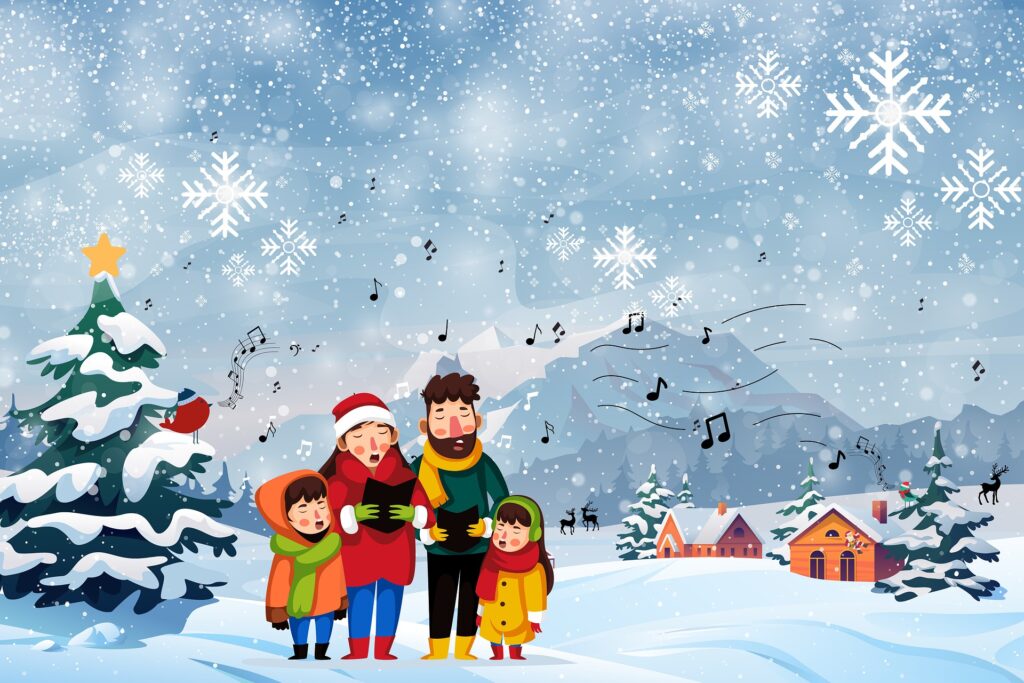
Whether you celebrate Christmas for religious reasons or just love the shimmering lights and reason to stuff your face with stuffing, have a happy holiday and fantastic start to 2024!
Written by Leah Davies, Year 12.
